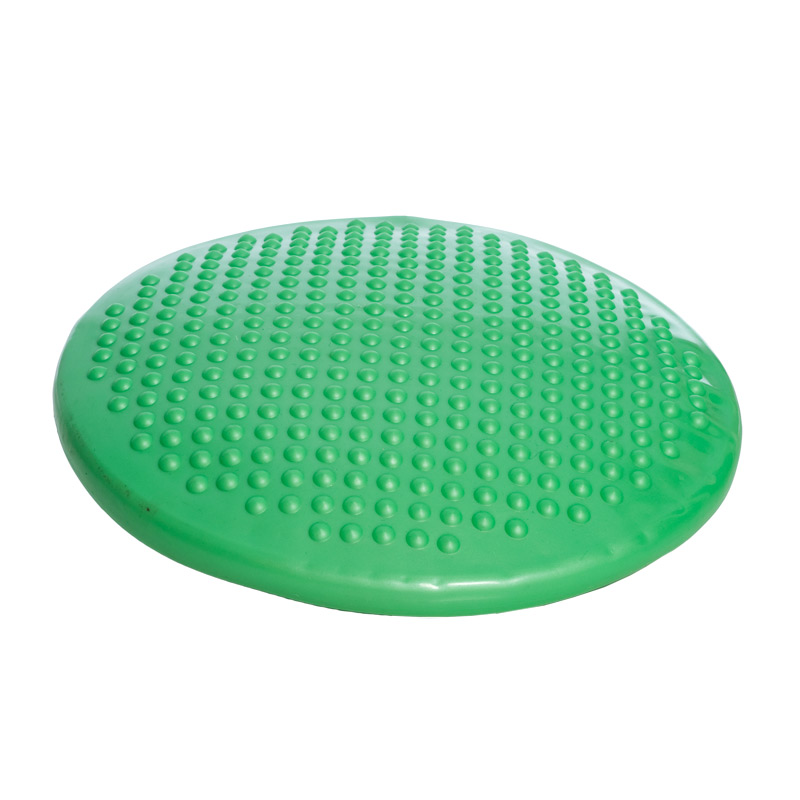"A sensory diet is a carefully designed, personalized activity plan that provides the sensory input a person needs to stay focused and organised throughout the day." (Patricia Wilbager, OT)
When i look across my group of students i can recognize that most of my class are sensory seeking; weather it is rocking on their chairs, walking around the room before sitting down, jumping off the chairs, or seeking tactile stimulation. I have worked with students in the past who were tactile defensive (refusal to explore tactile surroundings) and the class OT (occupational therapist) implemented a Wilbarger brush programme as part of a sensory diet. I was amazed at the success of using a brush to stimulate the skin in order to increase active exploration.
My class programme caters to the sensory needs in my classroom with regular sensory breaks offered to my students in order to increase their focus during work tasks. I timetable a movement break every 30 minutes. The breaks vary from jumping on the trampoline, going for a run, sensory play, swing and a exercise circuit. Some of my students such as Benjamin need more breaks in order to remain on task in the classroom. I make sure he goes on the swing for 2 minutes before he is expected to sit.
I am currently trialing a few alternative seating alongside the OT that works in my classroom. If you have a student who struggles to focus you could try using a swiss ball to sit on, inflatable cushion, fake grass under their feet, weighted blankets for pressure or a fiddle toy to maintain focus.



No comments:
Post a Comment